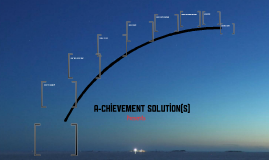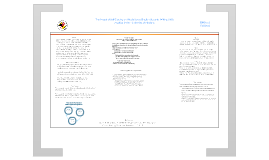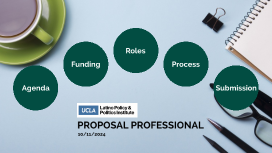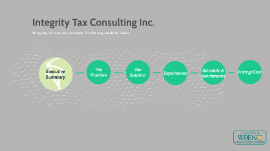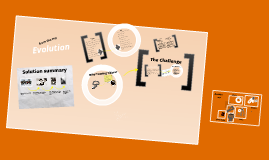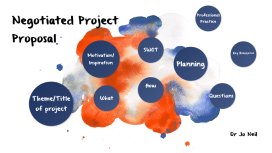Ozmosis Research: Professional Presentation Template
Transcript: Interactive Q&A Sessions Clarity and Conciseness Interactive Q&A sessions promote audience participation and knowledge exchange. Encourage questions that spark insightful discussions and enrich the overall presentation experience. Clarity in responses is key to effectively addressing queries. Be concise and structured in communication to deliver information accurately and engage the audience. Engage with Confidence Addressing Audience Queries Engaging with audience queries demonstrates expertise and builds credibility. Ensure responses are concise and relevant to maintain audience interest. Company Capabilities Exploring Visual Elements in Design Discover the wide-ranging expertise of Ozmosis Research, encompassing cutting-edge technology, data analysis, and strategic insights. Design Elements Effective handling of audience queries is crucial for engaging presentations. Delve into strategies for addressing questions with confidence and clarity. Incorporating the essence of the dotted grey circle in the logo and the blue, white, and grey color scheme to create a visually appealing template for presentations. The design elements used in Ozmosis Research's visual template focus on simplicity, elegance, and harmony. Clean lines, minimalistic approach, and balanced composition are key characteristics of the design elements. Background of Ozmosis Research Ozmosis Research is built on a foundation of curiosity and excellence, striving to push the boundaries of knowledge and technology. Logo Inspiration The Logo of Ozmosis Research is inspired by the concept of cohesion and interconnectedness, represented by the dotted grey circle. It symbolizes unity and innovation in design. Exploring Ozmosis Research Color Scheme The color palette of blue, white, and grey chosen by Ozmosis Research conveys professionalism, trust, and modernity. Blue symbolizes stability, white represents purity, and grey adds sophistication to the overall design. Delve into the origins and mission of Ozmosis Research, a journey of innovation and discovery. Color Scheme Consistency Maintain consistency with the blue, white, and grey color scheme to reinforce the company's branding in all presentations. 1 Incorporating Design Elements Implementing the Visual Template Incorporate the dotted grey circle from the logo as a background element to create a visually appealing template. Efficiently integrate the circle design and color scheme into your presentations for a cohesive and professional look. Crafting a Visual Template 2 6 Incorporating Brand Elements The visual template for Ozmosis Research borrows inspiration from the dotted grey circle in the logo, creating a professional and visually appealing design for company presentations. The Ozmosis Research Template The visual template reflects the essence of Ozmosis Research through the integration of the logo's dotted grey circle and the blue, white, and grey color scheme. Enhancing Visual Appeal The design elements in the template enhance the professional image of Ozmosis Research, creating a visually captivating presentation format for various audiences. 3 Professional and Visually Pleasing Company Presentations Audience Interaction Engage the audience through interactive discussions, polls, and Q&A sessions to foster participation and interest. Engagement Strategies Effective audience interaction and visual engagement are crucial for captivating presentations. Visual Engagement Techniques Utilize captivating visuals, animations, and storytelling to enhance audience engagement and convey complex information effectively. 4 5 Enhancing Visual Appeal Visual elements such as imagery, color schemes, and design play a crucial role in capturing audience attention. Incorporating visually appealing graphics and layouts can enhance the overall presentation impact and leave a memorable impression. Brand Consistency Maintain uniformity in visual elements across all slides to reinforce brand identity. Use the circle design as a recurring motif and the color scheme consistently for brand recognition. Utilizing the Ozmosis Template Message Clarity Usage Suggestions Maximize the impact of your presentations with strategic use of the Ozmosis Research template. Incorporate the dotted grey circle design from the logo subtly in the background for a professional touch. Utilize the blue and white color scheme for a clean and modern aesthetic. When crafting content for presentations, focus on concise and impactful messages that align with the company's objectives and values. Clear and coherent messages resonate with the audience and leave a lasting impression. Crafting Clear Messages Effective communication is key to conveying your ideas. Clarity in message delivery ensures understanding and engagement from your audience. Adding final touches... * Summarize each point you made * Give quick call-backs so your audience remembers * Make it clear this is the end Getting it ready... Thinking cap on... Fine-tuning... This is







